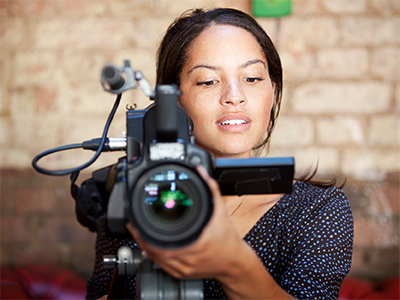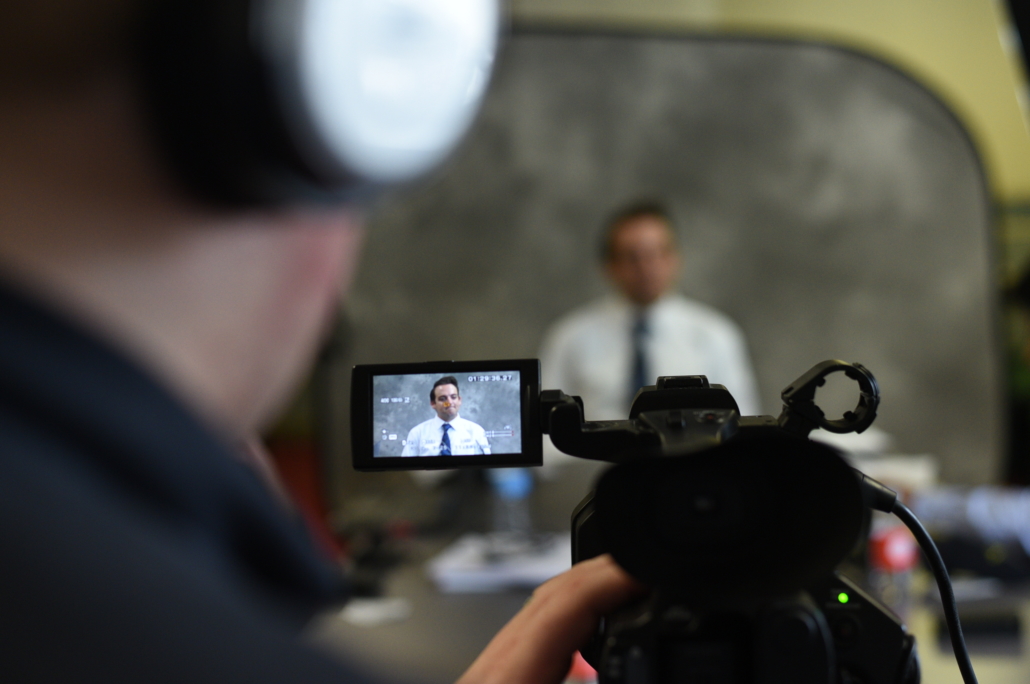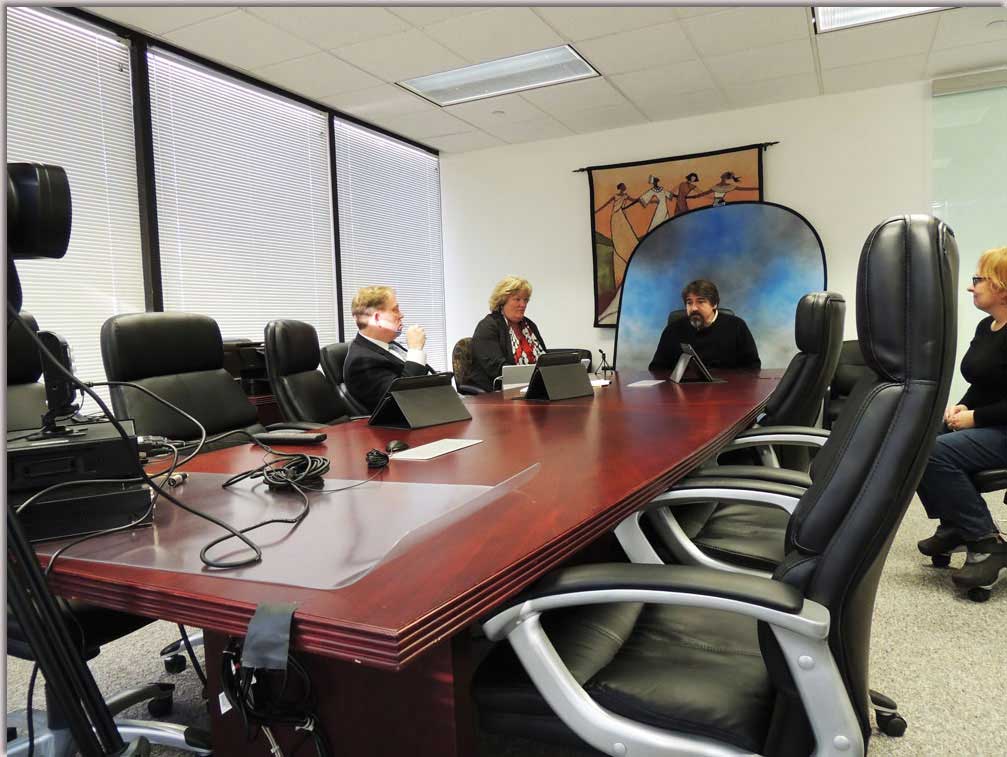How Legal Videography Improves Court Room Presentations and Proof
How Legal Videography Improves Court Room Presentations and Proof
Blog Article
Digging Into the Mechanisms of Lawful Videography: Introduction Its Operation in Safeguarding Genuine Visual Statement for Judicial Process
In the realm of judicial process, the function of legal videography stands as a cornerstone in preserving and providing visual proof. As technology proceeds to breakthrough, the systems behind legal videography have actually ended up being progressively detailed, using a crucial layer of credibility to statements captured on video clip. By diving into the functional details of legal videography, one can reveal the meticulous processes that guard the honesty of aesthetic evidence offered in court rooms - Legal Videography. This exploration not just drops light on the historical advancement of lawful videography yet likewise means the future trends that may additionally revolutionize just how visual statements are maintained in the world of justice.
Historic Evolution of Lawful Videography
Checking out the historical development of lawful videography discloses a significant change in the recording and presentation of aesthetic proof within the lawful landscape. In the past, legal procedures heavily counted on written transcripts and photographs to record occasions and provide evidence. With the arrival of video innovation, the lawful sector witnessed a standard shift in just how aesthetic testimony was recorded and presented.
The evolution of legal videography can be mapped back to the late 20th century when developments in video clip recording devices made it a lot more available for use in courtrooms. This technical innovation not only boosted the accuracy and integrity of visual proof yet additionally revolutionized the method instances existed to juries and courts (Legal Videography). Attorneys began to recognize the influential power of video recordings in conveying feelings, subtleties, and non-verbal hints that composed pictures or transcripts alone can not capture properly

Innovation Innovations in Video Clip Paperwork
What vital technical advancements have revolutionized video paperwork in the lawful area? The legal area has seen substantial improvements in video paperwork technology that have boosted the credibility and integrity of aesthetic evidence in judicial procedures.
Furthermore, improvements in video clip encryption and watermarking modern technologies have boosted the security and tamper-proof nature of video clip proof, guarding it against unauthorized modifications or meddling. Additionally, the introduction of cloud storage space remedies and remote access abilities has structured the storage space, access, and sharing of video clip evidence, assisting in smooth collaboration among attorneys and guaranteeing efficient accessibility to critical aesthetic statements when required. These technical advancements in video documentation have undoubtedly transformed the legal field, boosting the precision, integrity, and admissibility of visual evidence in judicial procedures.
Duty of Legal Videographers in Courtroom Setups
The advancement of video clip documents innovation in the lawful field has required a crucial role for lawful videographers in courtroom settings, ensuring the stability and dependability of visual look here testimonies provided during judicial process. Lawful videographers play a fundamental role in capturing and maintaining accurate aesthetic evidence that can be essential in lawsuit. Their obligation reaches establishing tools, tape-recording procedures, and producing top notch video clips that properly show the occasions in the court.
In addition, lawful videographers typically function closely with legal teams to ensure that the video evidence straightens with the situation's needs and can be efficiently provided in court to support the lawful arguments being made. Overall, the duty of lawful videographers in court setups is essential in upholding the principles of justice and making certain the openness of lawful process. Legal Videography.

Ensuring Admissibility and Stability of Video Clip Proof
To maintain the reliability of visual evidence offered in lawful proceedings, making sure the admissibility and honesty of video clip evidence is a vital duty for lawful videographers. Admissibility refers to the acceptance of evidence by the court, and for video evidence to be acceptable, it should meet specific requirements. Lawful videographers play a vital duty in making sure that the video clips they other record abide by the rules of proof, such as integrity, authenticity, and relevance.
Stability of video proof includes preserving the originality and precision of the video footage from the moment it is taped until it exists in court. This includes safely storing the video files, documenting the chain of safekeeping, and preventing any tampering or changes. Lawful videographers need to abide by strict protocols to ensure the honesty of the video clip evidence and protect against any kind of difficulties to its authenticity.
Future Trends in Legal Videography
Given the raising dependence on modern technology in lawful process, legal videographers are poised to welcome innovative improvements shaping the future of visual testimony capture and discussion. Among the prominent trends imminent is the assimilation of virtual truth (VR) and boosted fact (AR) modern technologies into lawful videography. These innovations have the prospective to revolutionize how visual evidence exists in courts, allowing courts and courts to submerse themselves in the scene of the criminal offense or incident.
Moreover, making use of man-made intelligence (AI) formulas for video clip evaluation is anticipated to streamline the process of assessing and evaluating huge quantities of video footage. AI can help in determining essential moments, anomalies, and patterns within videos, improving the effectiveness of lawful investigations.

Conclusion
To conclude, legal videography has played an essential role in providing authentic aesthetic evidence for judicial process. With technical developments and websites the proficiency of legal videographers, the honesty and admissibility of video proof are ensured in courtroom setups. As lawful videography remains to develop, it will certainly be necessary to maintain standards that preserve the accuracy and dependability of aesthetic testament for the future of lawful process.
Taking a look at the historic development of lawful videography discloses a considerable improvement in the catching and presentation of visual evidence within the lawful landscape.The development of video clip paperwork modern technology in the legal field has required an essential duty for legal videographers in court setups, guaranteeing the honesty and reliability of visual statements presented during judicial procedures. Additionally, lawful videographers commonly function carefully with lawful groups to make sure that the video clip evidence straightens with the case's requirements and can be efficiently provided in court to support the lawful arguments being made.To preserve the credibility of visual proof offered in lawful procedures, making sure the admissibility and honesty of video clip evidence is an essential obligation for lawful videographers. As legal videography proceeds to evolve, it will certainly be vital to promote requirements that keep the accuracy and reliability of visual testimony for the future of lawful process.
Report this page